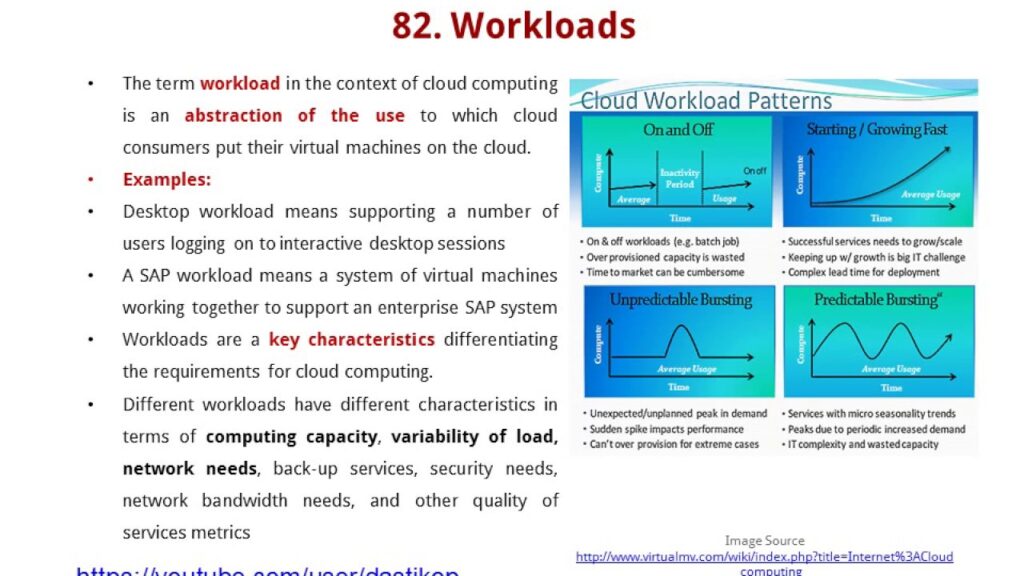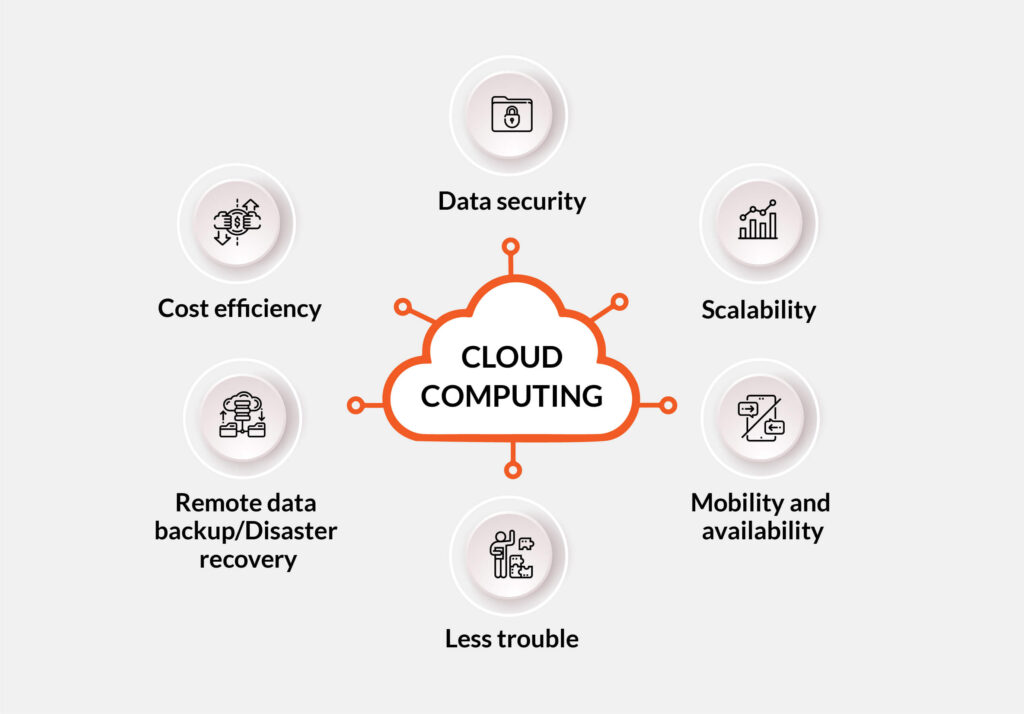Cloud computing has revolutionized the way businesses operate in today’s digital age. It has transformed the way we store, access, and share data. The cloud offers a range of benefits, including scalability, cost-effectiveness, and flexibility. However, with all the advantages that cloud computing offers, many people still wonder if it’s a difficult concept to understand.
The truth is that cloud computing is not necessarily hard to understand, but it can be complex. It requires a bit of technical knowledge and a willingness to learn new concepts. In this article, we will explore the world of cloud computing and answer the question of whether it’s hard or not. We will delve into the basics of cloud computing, its advantages and disadvantages, and how it can benefit businesses of all sizes. So, whether you are a business owner, IT professional, or just someone curious about cloud computing, this article is for you.
Cloud computing is not hard to understand but can be challenging for those with no technical background. It involves storing data and programs on remote servers rather than on a local computer or server. This allows users to access their data and programs from any device with an internet connection, making it easier to collaborate and scale resources. Various types of cloud computing services are available, each with its own benefits and drawbacks. It’s important to understand the differences in order to make an informed decision on which type of cloud computing is right for you.

Is Cloud Computing Hard?
Cloud computing is a technology that is becoming increasingly popular, as it provides a way for businesses and individuals to access their data, applications, and services on a virtual platform. But is cloud computing hard to learn and use?
What is Cloud Computing?
Cloud computing is a type of computing technology that allows users to access and use data and applications on a virtual platform, rather than on their own physical computer. This type of computing is becoming more and more popular, as it provides a way for businesses and individuals to access their data, applications, and services without having to invest in and maintain their own physical hardware.
The cloud is essentially a large network of remote servers that are connected together and managed by a hosting provider. These servers are used to store and manage data, applications, and services on a virtual platform. This means that users can access their data, applications, and services from any device with an internet connection, regardless of where they are located. This makes cloud computing an ideal solution for businesses and individuals who need to access their data from multiple locations or devices.
Is Cloud Computing Difficult to Learn?
The answer to this question depends on the individual. Cloud computing is not necessarily difficult to learn, as it is an intuitive and user-friendly technology. However, it does require a certain level of understanding of the technology and the various components involved. Those who are new to cloud computing may need to spend some time researching the technology and gaining an understanding of the various components before they can start using it.
Those who already have some experience with technology may find that cloud computing is relatively straightforward and easy to learn. There are numerous online tutorials and resources available to help users get started with cloud computing, so it is possible to learn the basics quickly and easily.
For those who are new to cloud computing, it is important to take the time to understand the technology and the various components involved before attempting to use it. This will help ensure that users are able to use the technology effectively and efficiently. Additionally, there are numerous cloud computing providers that offer training and support services to help users get started and become more familiar with the technology.
Frequently Asked Questions
Cloud computing is a technology that allows users to access data, applications, and resources hosted on remote servers. It provides businesses with a cost-effective way to store and manage data and applications, as well as access resources from any device with an internet connection.
Is cloud computing hard?
Cloud computing can be easy to use for those with a basic understanding of the technology, but it can be difficult for those without technical knowledge. For those who don’t have the technical skills, there are plenty of cloud computing tutorials, guides, and resources available to help understand the basics. Cloud computing can be a great asset for businesses, but it is important to make sure that you are familiar with the technology before diving in.
For those with a technical background, cloud computing can be relatively simple to understand. It is important to understand the different types of cloud computing services, such as Infrastructure as a Service (IaaS), Platform as a Service (PaaS), and Software as a Service (SaaS). Once you understand the different types of services, it is important to understand how each one can be used to benefit your business. Understanding the different services and how they can be used to improve your business operations is key to getting the most out of cloud computing.

Getting into Cloud Computing is a TERRIBLE idea…
In conclusion, cloud computing can be challenging for those who are new to the technology. However, with the right guidance and resources, anyone can become proficient in using cloud-based services. The benefits of cloud computing far outweigh the initial learning curve, as it offers convenience, scalability, and cost-effectiveness for businesses and individuals alike.
As a professional writer, I encourage individuals and organizations to embrace cloud computing as a tool for innovation and growth. With the increasing demand for remote work and digital solutions, cloud computing has become an essential aspect of modern-day operations. By investing time and effort in learning about cloud computing, individuals can position themselves to be on the cutting edge of technology and take advantage of the many benefits it has to offer.



